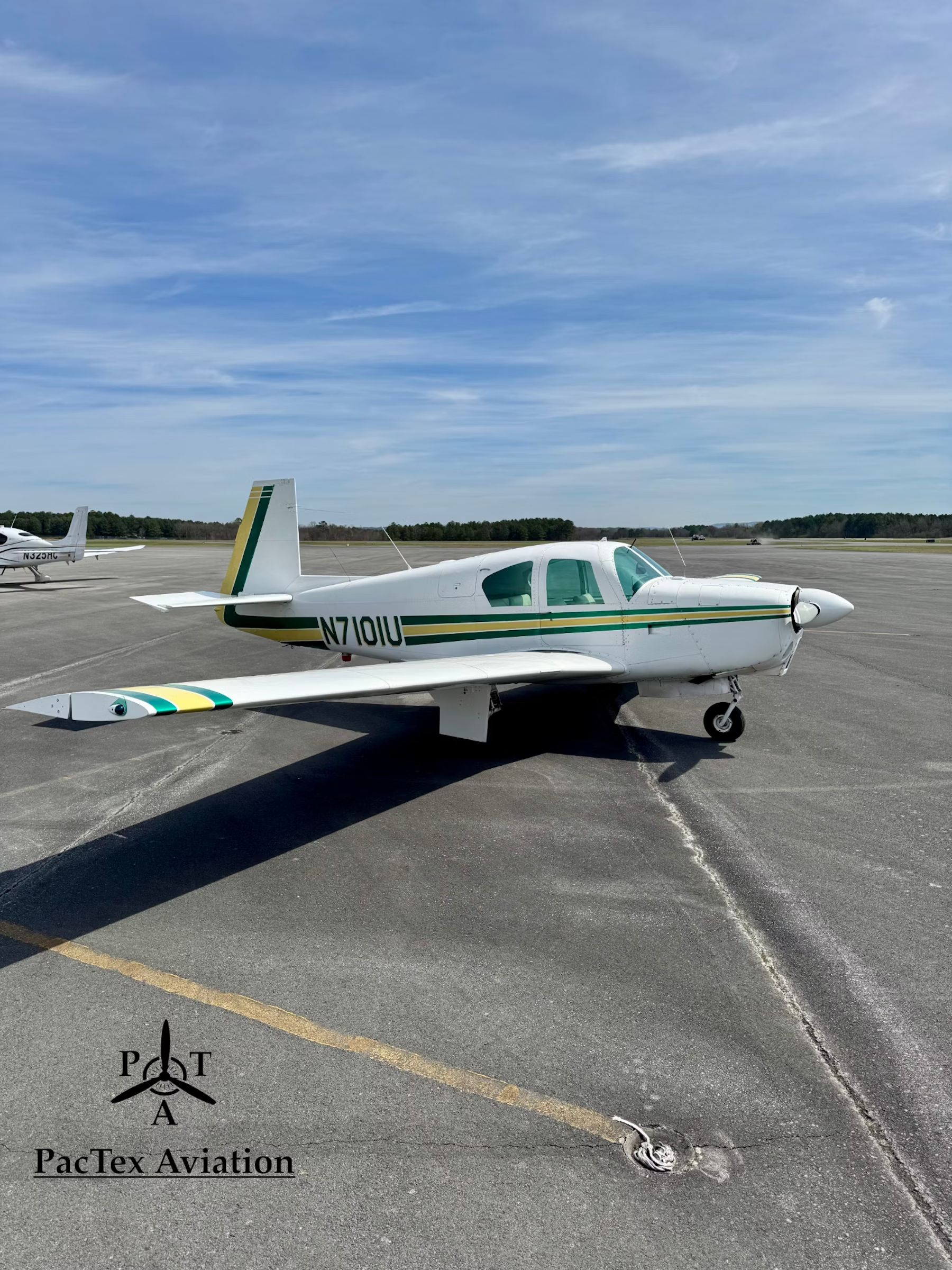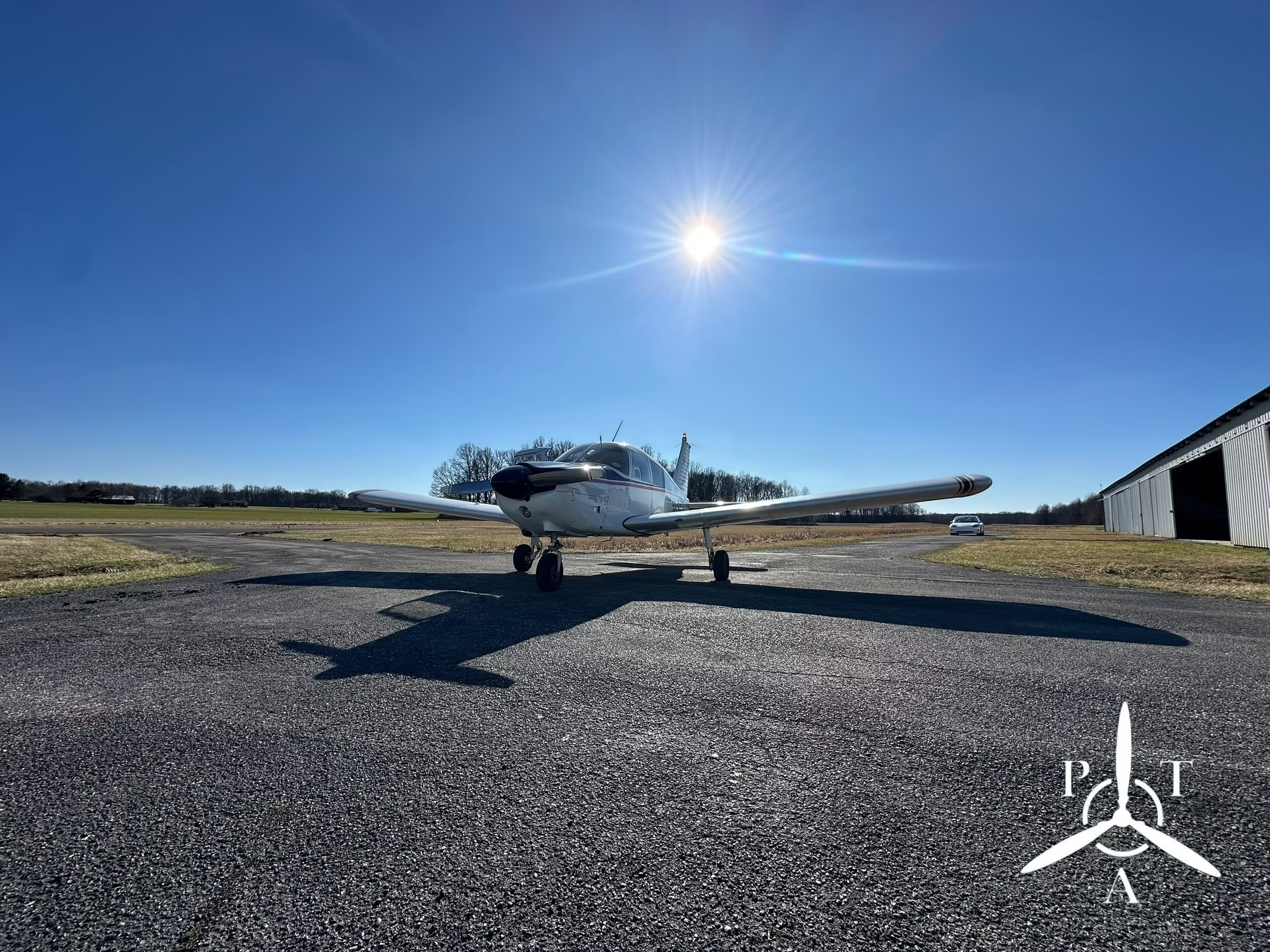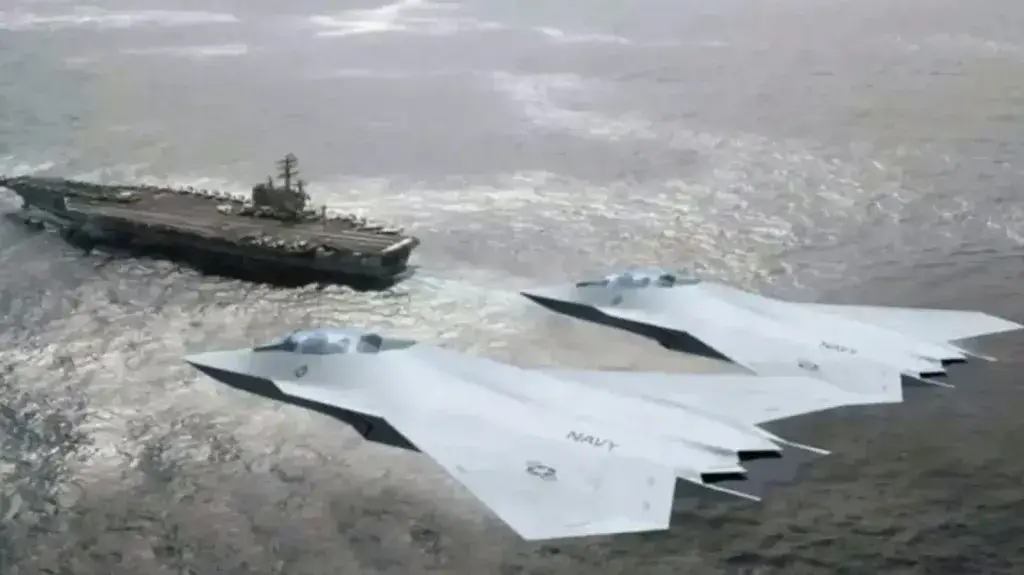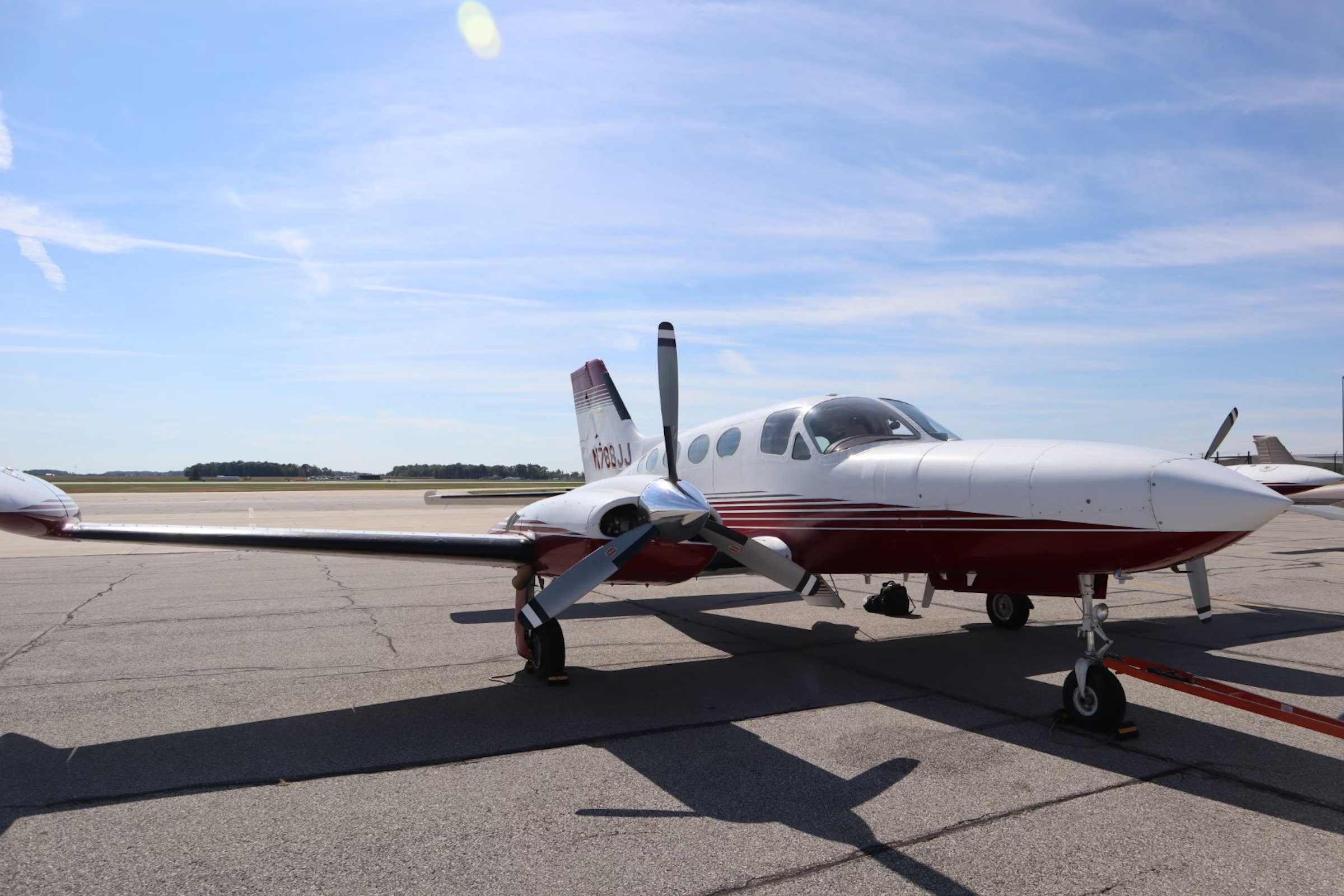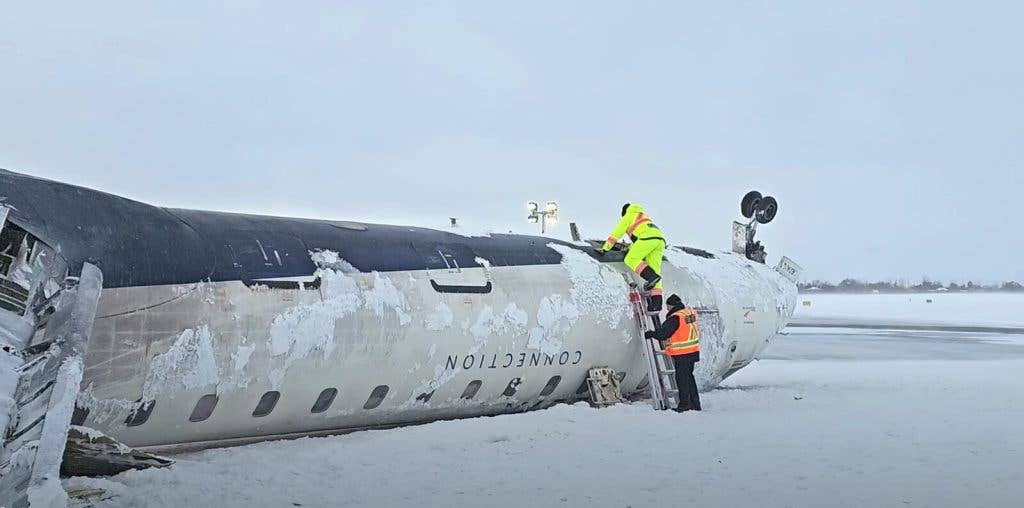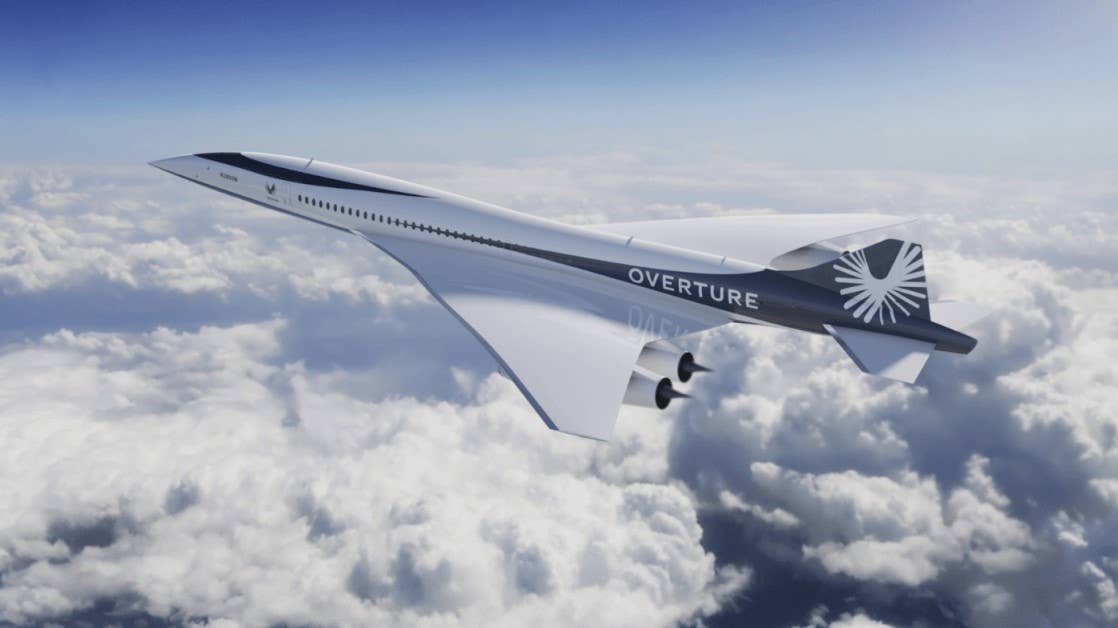Sonar Image Once Thought Proof of Missing Earhart Plane Is Actually a Rock Formation
Deep-sea exploration company says it had cleared nearly 7,700 square miles in the ocean floor search for the Lockheed Electra 10-E.

Earlier this year, ocean exploration company Deep Sea Vision released an underwater sonar image taken of the Pacific Ocean floor that it thought might be Amelia Earhart’s Electra. [Courtesy: Deep Sea Vision]
The underwater image that a deep-sea exploration company suggested might be Amelia Earhart's missing Lockheed Electra 10-E has turned out to be a rock formation, according to the company, South Carolina-based Deep Sea Vision (DSV).
"After 11 months the waiting has finally ended and unfortunately our target was not Amelia's Electra 10E (just a natural rock formation)," the company said in an Instagram post earlier this month. "As we speak DSV continues to search—now clearing almost 7,700 square miles... the plot thickens with still no evidence of her disappearance ever found."
In January, DSV announced it thought it had captured a sonar image that seemed to resemble an airplane. The image was found during an underwater search of more than 5,200 miles of ocean.
- READ MORE: Amelia Earhart’s Final Flight
The image was taken in the Pacific Ocean between Hawaii and Australia, approximately 100 miles from Howland Island. Howland was a fuel stop for Earhart and navigator Fred Noonan during their around-the-world flight in 1937, however, they never made it. No trace of Earhart, Noonan, or the Electra were ever found despite a search of the area that was the largest of its kind in history.
The search for Earhart and Noonan continues. Over the decades there have been debunked stories about the pair ditching and being captured by the Japanese military, as part of a spy mission in the days leading up to World War II. Other theories suggested that the aircraft ditched on an atoll known as Nikumaroro Island, and they then succumbed to thirst and hunger.

Sign-up for newsletters & special offers!
Get the latest FLYING stories & special offers delivered directly to your inbox

